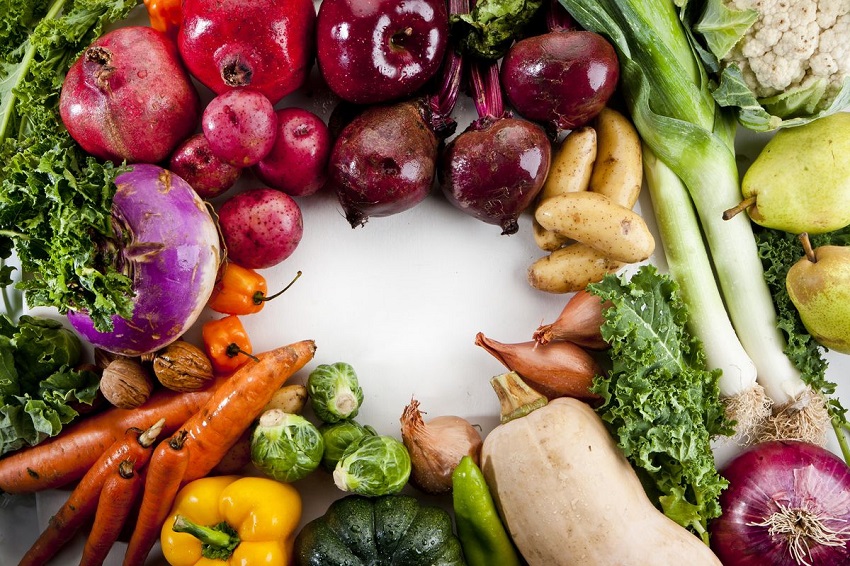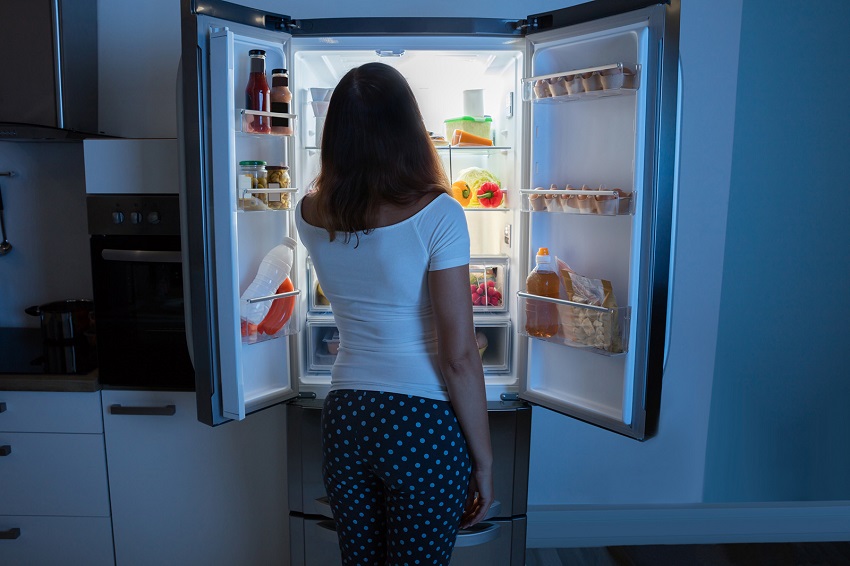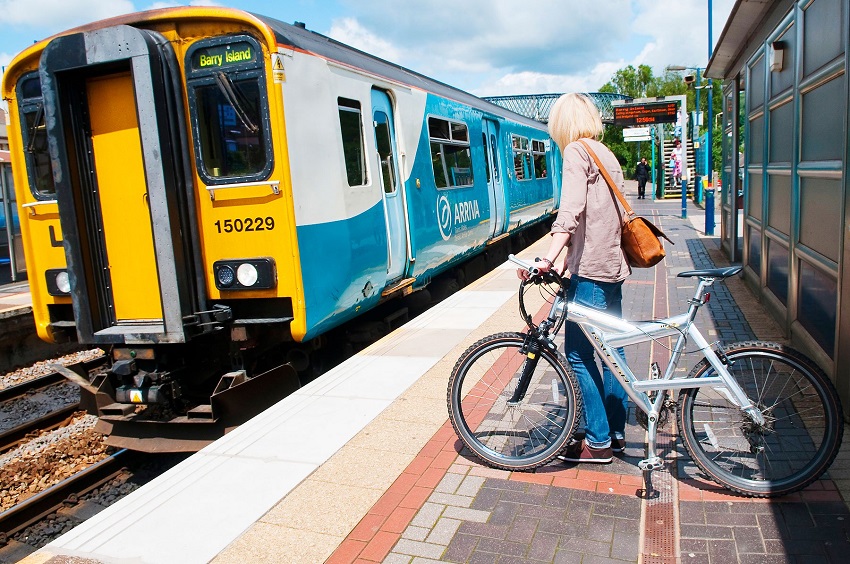14 ways to reduce your carbon footprint

On the World Day for Reducing CO2, Emissions learn how to reduce your carbon footprint
Every 28th of January the World Day for the Reduction of Emissions of CO2 (carbon dioxide) or the World Day of Action against Earth Warming is celebrated. The UN declared this day to make decisions in favor of caring for the planet and raise awareness among its inhabitants about climate change and reflect on the environmental impacts that it has.
The World Day for the Reduction of CO2 Emissions is an example to constantly promote the development and application of policies to reduce greenhouse gas emissions and encourage necessary initiatives such as conscious consumption or the use of renewable energy sources, actions that are aimed at reducing our carbon footprint.
The carbon footprint is a simple way to measure the impact that a person generates -directly or indirectly- on the planet in their day-to-day life. It is a count of the amount of GHG emissions (greenhouse gases) calculated in units of carbon dioxide that are released into the atmosphere according to their daily activities.
With the excuse of the World Day for the Reduction of CO2 Emissions, we share some actions you can take to reduce your carbon footprint.
Best ways to reduce your carbon footprint
1. Consume local products
By consuming local products, large shipments of goods are avoided and the carbon footprint is reduced, fair trade is generated and the agricultural lands of our locality are kept active.
2. Use cloth bags when you go to the supermarket
The plastic bags take about 150 years to biodegrade. At this point, we all know that one of the planet’s biggest enemies and ecosystems are plastic waste. When you go to the supermarket, you can use a backpack or cloth bags or in addition to being reusable, they are more resistant.
3. Reduce the intake of meats
The feces and gases of cows and other animals considered red meat, release more gases (methane) than all the transport in the world together. It is not necessary for a human being to consume so much red meat, in reality, he could have a well-balanced vegetarian diet to stay healthy.
If you decide to eat beef, the best thing for you and the planet is that the animal has been fed by grazing grass, because in this way there are fewer emissions, which is better for both the animal and you as a consumer.
4. Keep your car in good condition
If you have a car, you’d better maintain it on a regular basis, only in this way will it generate less greenhouse gas emissions. Also, consider using it only if necessary. Learn to drive consciously, by slowly and smoothly accelerating, maintaining a constant speed and braking early will help you save up to a ton of carbon dioxide in a year.
5. Remember the three R’s
The three principles of all environmentalists: Reduce, Reuse and Recycle. Keep these precepts in mind before acquiring any object that could remain with you only a few minutes. And on the planet hundreds or thousands of years. Before throwing something away, consider whether it could have another destination before ending its life cycle.
6. Replace regular bulbs with savers
Although it is rare to find non-saver bulbs in stores, always try to use ecological bulbs, save more than two-thirds of the amount of energy that the standards and spend less on your final account. Just make sure that the fluorescent bulbs you buy contain a low amount of mercury.
7. Disconnect appliances that you do not use
It is very common to see offices with dozens of chargers connected to the electric current without an electronic device that is taking advantage of the energy that is undoubtedly transforming. Avoid the so-called “vampires of energy”, remember that when a charger is connected to the current even without providing power to any device, it is consuming energy to transform it.
The same happens with microwaves, the computer or any domestic appliance. Consider using a multi-contact – without saturating it – to be able to turn off the devices you have just used at once and forget none.
8. Say no to plastic bottles
Instead of buying plastic bottles, use thermos or glass bottles that you can wash. And reuse thousands of times, helping the planet thousands of times. Surely, you will save a lot but a lot of money.
9. Opt for endemic plants
The local plants do not require more water or transportation. In addition, its benefits are greater when absorbing CO2 from the air.
10. Keep your refrigerator clean
The refrigerator also reverses energy by cooling unnecessary objects. Keeping the freezer with ice and the excess of wrappings and objects generates an extra need to enhance the usefulness of the appliance, resulting in a greater expenditure of electricity. Keep it clean and you will also pay less in your electricity bill.
11. Travel by bicycle or public transport
If you have the possibility of not using the car, as your destination is not very far, travel by bicycle or rollerblades. And if the public transport of your city allows it, make use of it whenever possible. In addition to reducing your carbon footprint, you benefit your mind and body.
12. Uses renewable energy sources
The option of installing solar panels in your home or business is not as ideal now as it was a few years ago. This element is increasingly accessible due to its offer in the market. Consider reducing your energy expenditure by almost total percentages by helping the planet. The sun is the largest source of renewable energy, and it’s free.
13. Take into account local recycling and disposal programs in your city
In the CDMX, there are environmental programs that have been created to responsibly dispose of electrical. And electronic equipment, batteries or toxic waste materials. Some of these are the Barter Market, the Reciclatrón, Ponte Pilas with your City and many more.
14. Reduce and rationalize your water consumption
The vital fluid is essential for any living being, of all water on the planet, not even 3 percent is freshwater. In developed countries, the entire population has access to this benefit. Without being aware of the importance of daily savings, but there are places where access is quite a feat.
Take short baths, use the washing machine only when the load is full, water your plants at night, close the faucet when soaping dishes, immediately fix any water leak.













